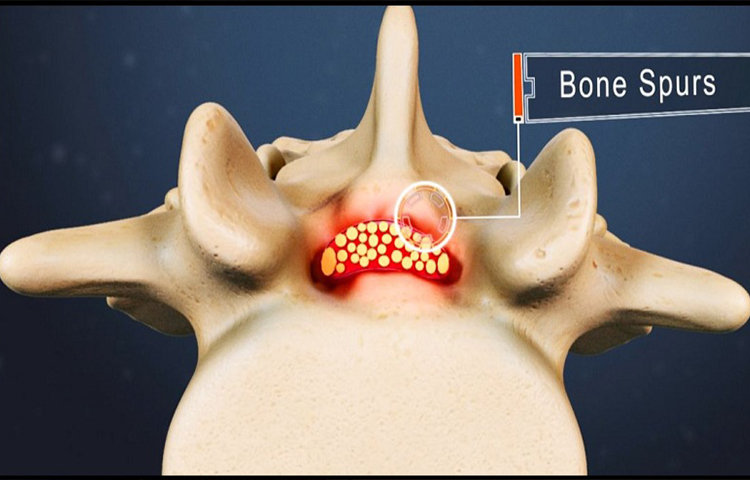
Minimally Invasive Lumbar Spine Surgery
Many patients over the age of 50 begin to develop spine conditions in the lumbar spine (lower back) due to the natural aging process of the spine. These conditions are called degenerative spine conditions and often result from increased weight gain and compression of the vertebrae on the discs and joints in the spine.Lumbar spine conditions can result in chronic pain in the lower back and radiating pain in the buttock and leg. If left untreated, these symptoms could become worse, preventing you from performing your daily activities.
Types of Minimally Invasive Surgery for the Lumbar Spine
Minimally invasive surgery is performed through a small, 1-inch incision in the back, through which the surgeon will gently push aside muscles and small tissue to access the spine. Unlike traditional open back surgery that cuts right through the muscles and soft tissue, minimally invasive technique leaves them undisturbed. Once the spine is accessed, the surgeon will either remove a portion of the diseased disc or joint to decompress the nerve root or the surgeon will remove the entire diseased disc or joint and replace it with an implant to relieve the nerve and stabilize the spine. This is called minimally invasive decompression surgery and minimally invasive stabilization surgery, respectively.
Some of the most common minimally invasive decompression surgeries used to treat degenerative spine conditions in the lower back include foraminotomy, laminotomy, discectomy, and facet thermal ablation.
These procedures can be used to treat a variety of conditions, including:
- Herniated disc
- Bulging disc
- Bone spurs
- Spinal stenosis
- Ligament hypertrophy
- Osteoarthritis
- Degenerative disc disease
